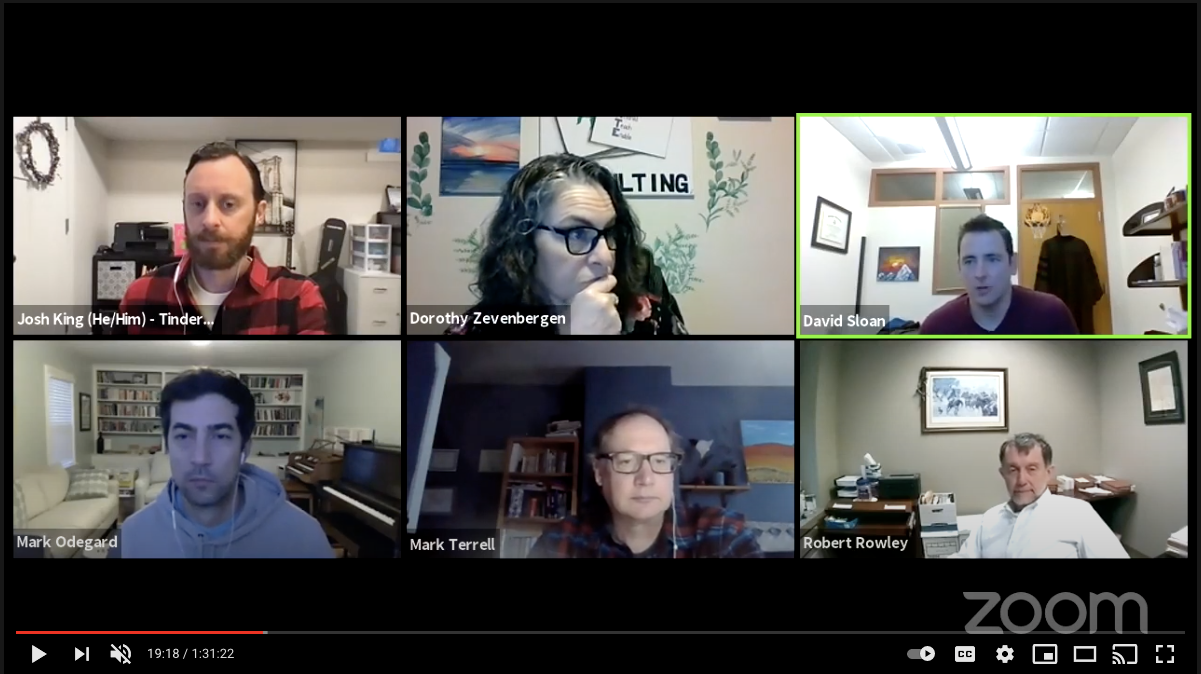Towards the end of last year, Whitworth Professor David Sloan joined Business Brew to talk about Leading with Emotional Intelligence. The information David presented was so impactful, Business Brew fans asked for David to come back and continue the conversation.
So, on January 7th, David returned to Business Brew. One of the big discussions from Part II of Leading with Emotional Intelligence was how to deal with anxious work environments.
5 Characteristics of Chronically Anxious Systems
- Reactivity: a vicious cycle of intense reactions of each member
- Examples:
- Interrupting, finishing other people’s sentences
- Constantly making things “personal”
- We are all guilty of this
- Labeling “you” statements
- Rather than self-defining “I” statements
- The disappearance of playfulness
- Have you ever been a part of a stressful situation and seen playfulness save the day?
- Shutting down
- Criticizing
- Blaming
- Hyper insecurity: fishing for compliments a lot
- One other thing to note about reactivity is that “the very calmness in one often creates more reactivity in others, as they perceive calmness to be lack of concern and confuse reactivity with passion”
- Examples:
- Herding: forces of togetherness are stronger than the forces for individuality
- Examples
- Everyone adapts to the least mature members of the system
- Stuck togetherness, like a cult
- Peace over progress, comfort over novelty
- Lots of either/or, black/white, all or nothing thinking.
- Examples
- Blame Displacement: becoming a victim rather than taking responsibility for your own being and destiny.
- Quick-fix Mentality: addresses the symptom rather than a fundamental change
- Usually because of a low threshold for discomfort
- Undifferentiated Leadership: failure of nerve that stems from and contributes to the first four.
- More cutoff, reactive, fused, and less able to speak from the I-position
- Likely to triangle (watch the video for this discussion)
To help you effectively manage your emotions at work (and build them up outside of work as well), try these tips:
- Do breathing exercises (like mindful breathing)
- Eat healthily, drink lots of water, and limit alcohol consumption
- Use self-hypnosis to reduce your stress level and remain calm
- Exercise regularly
- Sleep seven to eight hours a night
- Make time for fun outside of work
- Laugh more often
- Spend time alone
- Manage your work-life balance (Connelly, 2012)


